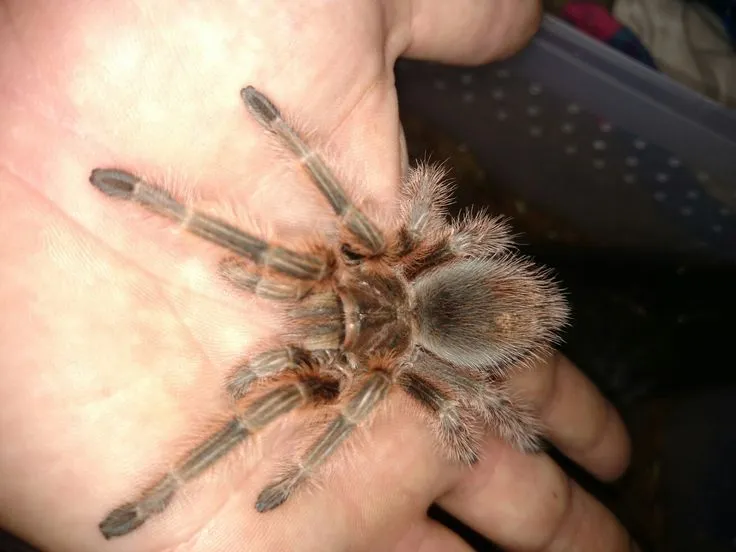Understanding the Red Rose Tarantula (Grammostola rosea)
The Red Rose Tarantula, scientifically known as Grammostola rosea, is a popular choice for beginner tarantula enthusiasts. This species is known for its docile nature, relatively low maintenance requirements, and stunning appearance. Their popularity stems from their manageable size, generally reaching a leg span of 5-6 inches, and their longevity, with females often living for 10-20 years. Understanding this tarantula’s needs is crucial to ensuring its well-being and a rewarding pet ownership experience. This comprehensive guide provides all the necessary information on how to care for your Red Rose Tarantula, from habitat setup to feeding and health maintenance. Considering the super red rose hair tarantula, the care is not as difficult as other species.
Origin and Habitat of Red Rose Tarantulas
Native to the arid regions of South America, primarily Chile, Bolivia, and Argentina, Red Rose Tarantulas have adapted to survive in diverse environments. They are terrestrial spiders, meaning they live primarily on the ground, often burrowing or taking shelter under rocks, logs, or within crevices to escape the heat of the day. Their natural habitat consists of dry, sparse vegetation and rocky terrains. Replicating their natural environment is key to providing the best possible care. The wild ones have to struggle to survive, while in captivity, they need to maintain the best temperature and moisture.
Physical Characteristics and Appearance
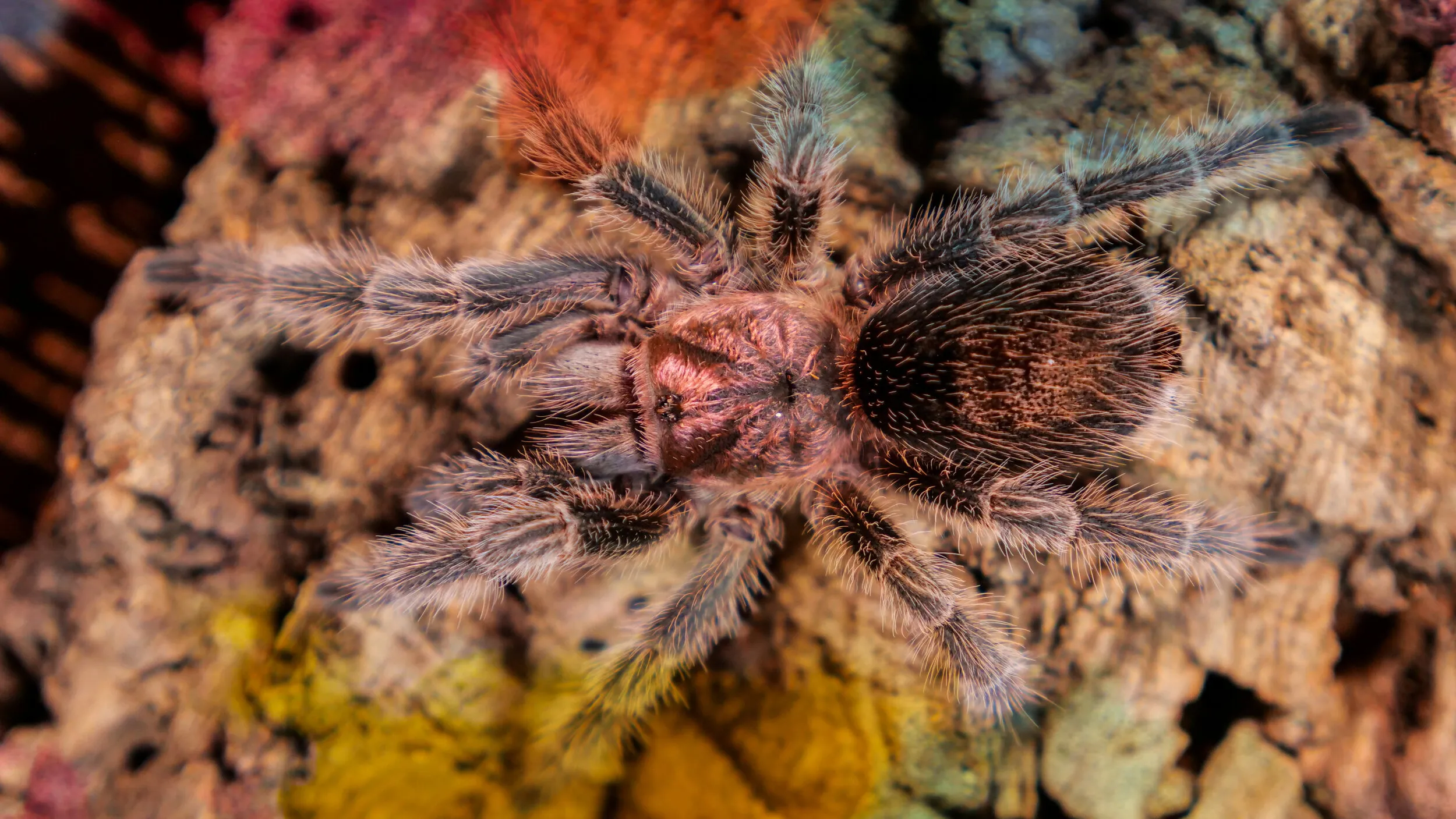
The Red Rose Tarantula earns its name from the reddish-brown hairs that cover its carapace, legs, and abdomen, which can vary in shade from a pale brown to a vibrant reddish hue, resembling rose petals. These colors become more intense as they mature. They have a robust build with a large, rounded abdomen, and they possess four pairs of legs, along with two pedipalps (small appendages near the mouth) used for sensing and manipulating prey. The overall appearance is striking, making them a visually appealing pet. The size can be between 5 to 6 inches, and it depends on the gender and the conditions.
Setting Up the Ideal Red Rose Tarantula Habitat
Creating a suitable habitat is paramount to the health and happiness of your Red Rose Tarantula. The enclosure should replicate their natural environment, providing security, comfort, and the necessary conditions for survival. A well-designed enclosure contributes significantly to the tarantula’s overall well-being, influencing its feeding habits, activity levels, and overall health. The essential aspects of habitat setup include the proper enclosure, substrate, temperature, and humidity. These elements work in harmony to create an ideal environment for your tarantula to thrive. Be careful when dealing with the super red rose hair tarantula because of the hairs.
Choosing the Right Enclosure
A glass or acrylic terrarium is the best choice, with a secure lid to prevent escapes. The size of the enclosure depends on the tarantula’s size; a juvenile will do fine in a 5-10 gallon tank, while adults need a 10-20 gallon tank. The enclosure should be wider than it is tall, as Red Rose Tarantulas are terrestrial and prefer horizontal space. Good ventilation is essential to prevent mold and mildew growth; however, the enclosure must retain enough humidity. Ensure the enclosure is escape-proof, as tarantulas are adept at finding any opening.
Substrate and Decor for Your Tarantula
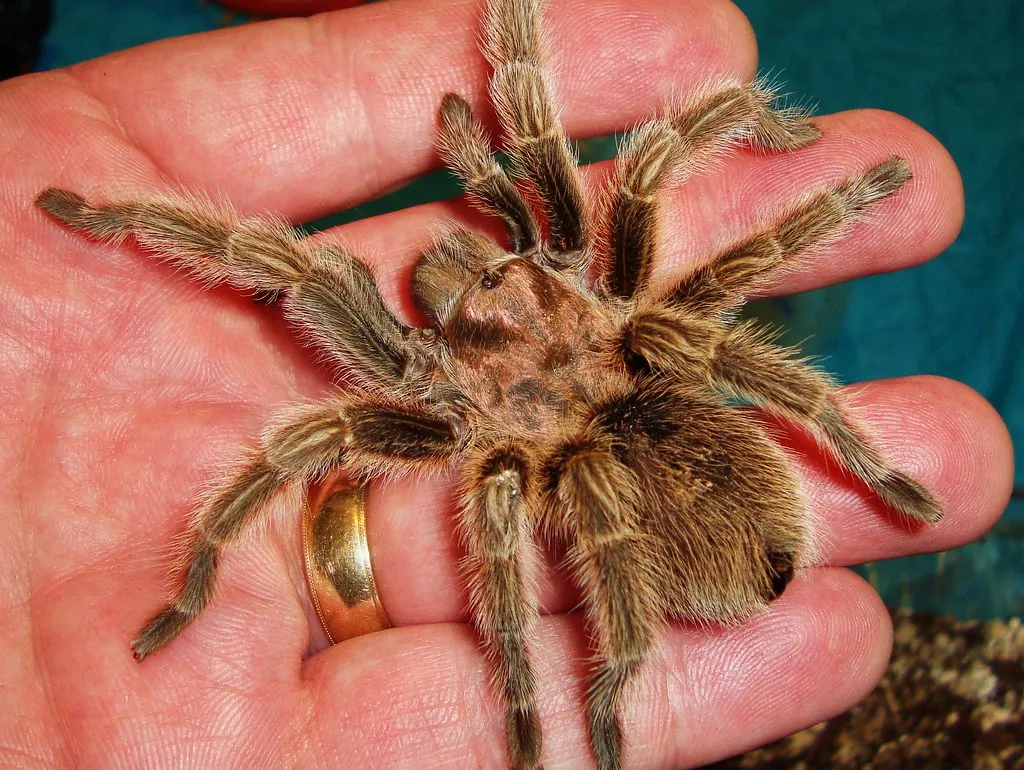
The substrate, which is the bedding material, should be about 2-4 inches deep to allow for burrowing if your tarantula chooses. Suitable substrates include a mix of coconut fiber, peat moss, and a bit of sphagnum moss. This mixture helps retain moisture and provides a natural environment. Decorations are not only for aesthetics but also for enriching the tarantula’s environment. Include a hide, such as a cork bark, a half log, or an artificial cave, where the tarantula can retreat to feel secure. Adding a shallow water dish is necessary for drinking. Avoid sharp objects or anything that could harm your tarantula.
Temperature and Humidity Control
Maintaining the correct temperature and humidity is crucial for the well-being of your Red Rose Tarantula. The ideal temperature range is between 75-85°F (24-29°C). You can use a heat mat on the side of the enclosure, connected to a thermostat, to maintain the temperature. The humidity level should be between 60-70%. Regularly mist the enclosure to maintain humidity. Use a hygrometer to measure the humidity levels. Ensure the enclosure is not placed in direct sunlight, which can overheat it. Be aware of the super red rose hair tarantula sensitivity to temperature changes.
Feeding Your Red Rose Tarantula
Feeding your Red Rose Tarantula appropriately is fundamental to its health and longevity. Understanding the right food types, the frequency of feeding, and portion sizes ensures the tarantula receives the necessary nutrition to thrive. This section guides you through the process of selecting the appropriate food, creating a feeding schedule, and managing any challenges you might encounter, ensuring the super red rose hair tarantula gets its optimal food. Proper feeding practices contribute to the overall health, growth, and well-being of your pet, allowing you to enjoy a happy and thriving tarantula for years to come.
What to Feed Your Tarantula
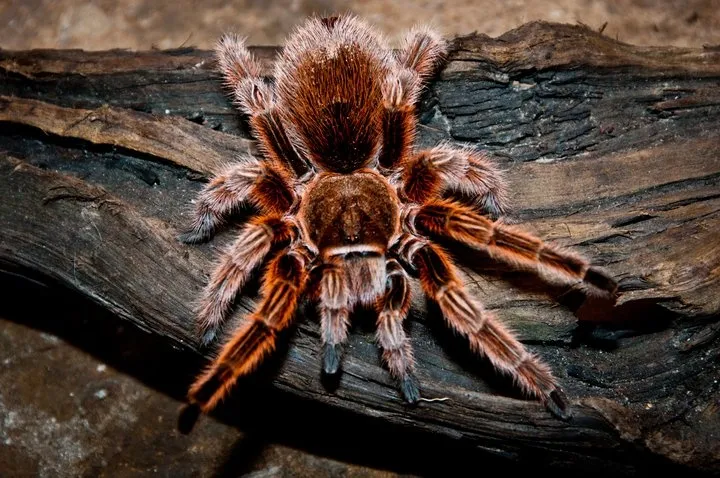
Red Rose Tarantulas are insectivores, meaning their diet primarily consists of insects. Suitable food items include crickets, mealworms, roaches, and other commercially available insects. It is important to vary the diet to provide a balanced intake of nutrients. Always gut-load the insects with nutritious food such as vegetables, fruits, and commercial insect food before feeding them to your tarantula. This practice ensures your tarantula gets essential vitamins and minerals. Avoid feeding your tarantula insects that have been exposed to pesticides or other harmful substances.
Feeding Frequency and Portion Sizes
The feeding frequency depends on the tarantula’s age and size. Spiderlings and juveniles should be fed more frequently, about 2-3 times a week. Adult tarantulas can be fed once a week or every other week, depending on their appetite and condition. Adjust the feeding schedule based on the tarantula’s response. Overfeeding can lead to a bloated abdomen, while underfeeding can cause a lack of energy. The portion size should be appropriate for the size of the tarantula. Generally, offer one or two insects per feeding. Remove any uneaten food within 24 hours to prevent mold growth.
Watering Your Red Rose Tarantula
Providing fresh water is essential for your tarantula’s hydration. A shallow water dish is a must-have in the enclosure. Ensure the dish is shallow enough to prevent the tarantula from drowning. Refill the water dish with fresh, clean water every 1-2 days. In addition to a water dish, you can mist the enclosure once or twice a week to maintain humidity. The water must be dechlorinated. The super red rose hair tarantula will thrive if you follow these basic rules.
Handling and Safety Precautions
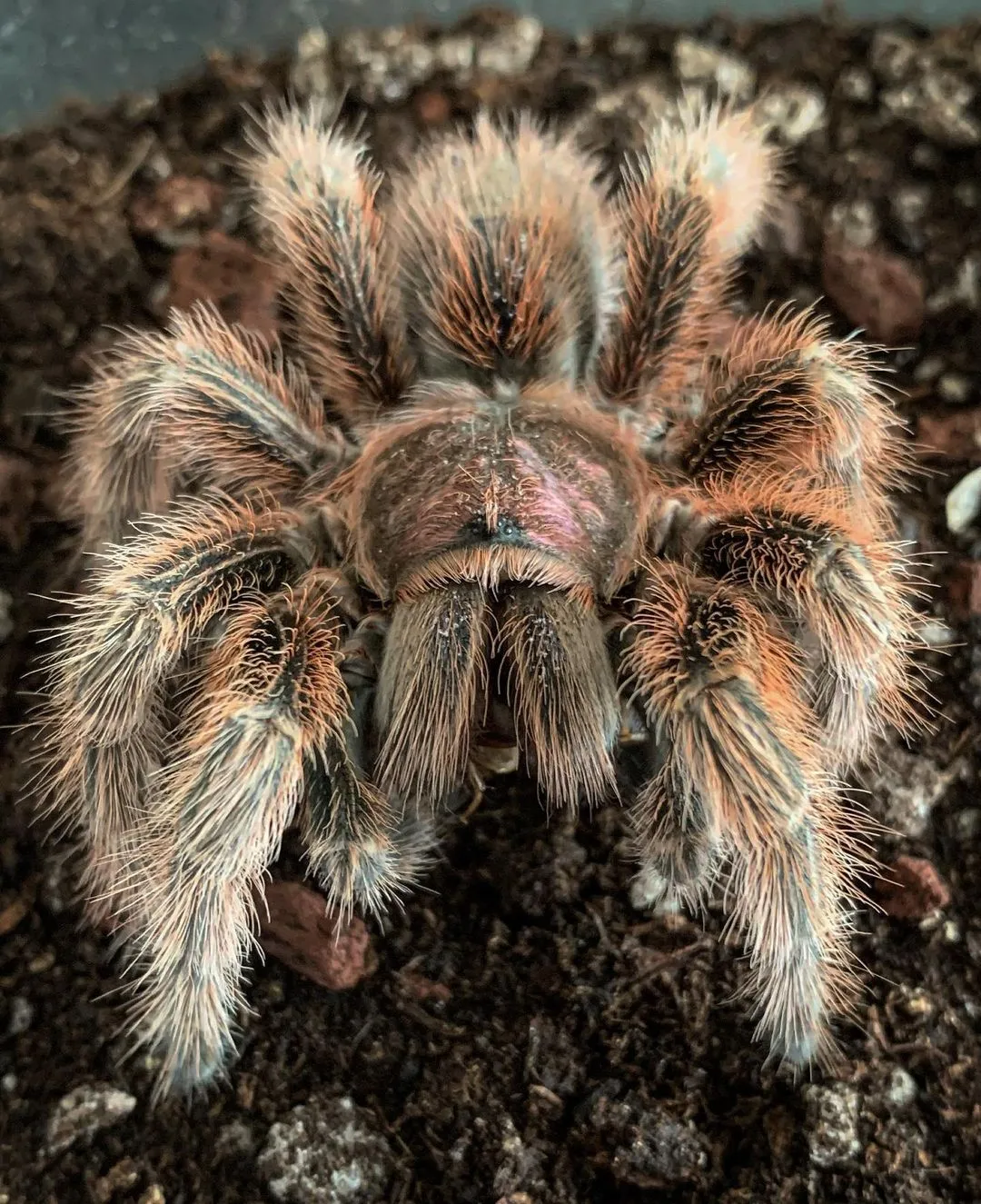
While Red Rose Tarantulas are known for their docile nature, handling them is generally not recommended unless necessary. These spiders can be easily stressed, and handling can pose risks to both the tarantula and the handler. If you must handle your tarantula, it’s important to do it with care, awareness, and understanding of the potential risks involved. This section outlines safe handling practices and what to do to minimize risk. Always prioritize the well-being of your tarantula, and choose handling only when necessary. These tarantulas can release irritating hairs. Handling the super red rose hair tarantula needs extra care.
Safe Handling Practices
If you need to handle your tarantula, do so only when absolutely necessary, such as for enclosure cleaning or health checks. Handle the tarantula close to the ground or over a soft surface to prevent injuries in case it falls. Avoid sudden movements and loud noises, which can startle the tarantula. Gently coax the tarantula onto your hand, allowing it to walk on its own. Never grab or squeeze the tarantula, and avoid touching its fangs. Wash your hands thoroughly before and after handling your tarantula.
Recognizing Signs of Stress or Illness
It’s crucial to recognize the signs of stress or illness in your Red Rose Tarantula to provide the necessary care. Some common signs of stress include erratic behavior, such as excessive running or hiding, loss of appetite, and changes in posture. Signs of illness can include lethargy, lack of coordination, discoloration, and fluid leaking. If you notice any of these signs, isolate your tarantula and assess your care routine. Consult a veterinarian specializing in exotic animals if the symptoms persist or worsen. Early detection and intervention are essential for successful treatment. The super red rose hair tarantula needs lots of care and attention.
Common Health Issues and Prevention
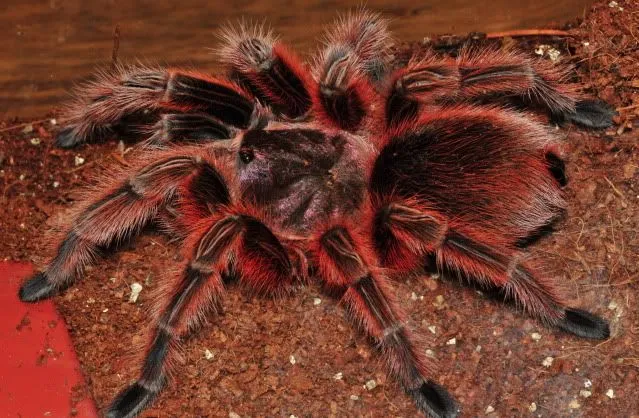
Like all pets, Red Rose Tarantulas can be susceptible to certain health issues. However, many of these issues can be prevented with proper care and environment management. This section covers some common health concerns, along with preventive measures you can take. Regular observation, a clean environment, and a well-balanced diet are vital to keeping your tarantula healthy and thriving. Always address any concerns promptly and consult with a vet if needed. Providing a healthy environment for your super red rose hair tarantula will make your pet live longer.
Moulting Process and Care
Moulting, the process of shedding their exoskeleton, is a natural part of the tarantula’s growth. During this time, the tarantula is vulnerable. The tarantula will usually stop eating and may become inactive before a molt. Provide a stable environment with the appropriate temperature and humidity. Avoid handling or disturbing the tarantula during this time. After molting, the tarantula’s new exoskeleton will be soft, so wait a week or two before feeding it. If the tarantula struggles to molt, seek veterinary advice. The super red rose hair tarantula molting process is a crucial part of life.
Identifying a Healthy Molt
A successful molt will leave behind the old exoskeleton intact. The tarantula will appear larger, and its colors may be more vibrant. The tarantula’s behavior should return to normal after a few days. The new exoskeleton will be soft at first and then gradually harden. Be sure to provide fresh water after the molt and avoid disturbing it to allow it to adjust. The super red rose hair tarantula needs your care after the molting process.
Breeding and Reproduction
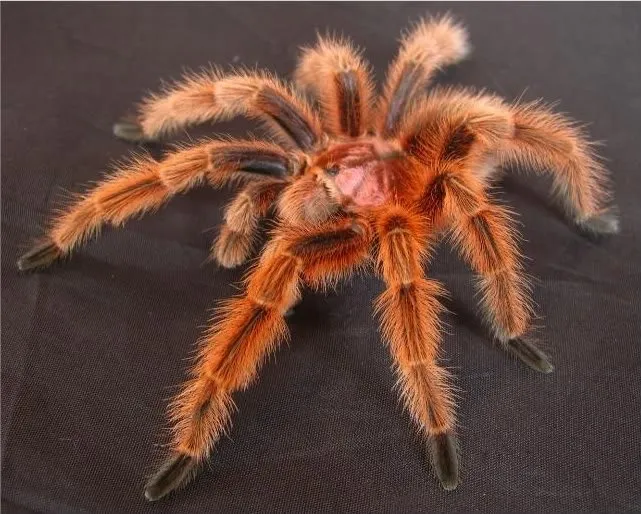
Breeding Red Rose Tarantulas requires specialized knowledge and careful management. This section provides a basic overview of the process, including the critical steps and considerations. Responsible breeding involves understanding the tarantulas’ needs, preparing appropriate conditions, and ensuring the health and well-being of the spiderlings. Breeding is more complex and requires specialized knowledge and care. If you are interested in breeding, seek guidance from experienced breeders. The super red rose hair tarantula breeding process needs much care.
The Basics of Tarantula Breeding
Breeding tarantulas involves introducing a mature male to a mature female. This should be done under controlled conditions, and it’s important to prevent the female from attacking the male. After mating, the female will lay eggs in an egg sac, which she will guard until the spiderlings hatch. Separate the male after mating to avoid him being eaten by the female. The duration for laying eggs is approximately 2-3 months. The super red rose hair tarantula breeding cycle is unique.
Caring for Spiderlings
Once the spiderlings hatch, they are tiny and require specialized care. They should be housed in individual containers to prevent cannibalism. Feed them small insects, such as fruit flies, and maintain the proper temperature and humidity. Spiderlings grow quickly and will need to be re-housed as they grow. Provide a safe and controlled environment to ensure their survival. The super red rose hair tarantula spiderlings need much attention.
Conclusion
Caring for a Red Rose Tarantula can be a rewarding experience, offering a unique opportunity to observe these fascinating creatures up close. By providing a suitable habitat, proper nutrition, and understanding their basic needs, you can enjoy a healthy and thriving tarantula. Remember to research and prepare thoroughly before acquiring a tarantula, and always prioritize their well-being. With patience and care, you can successfully keep a Red Rose Tarantula. The super red rose hair tarantula can be a wonderful pet if you care about the basics.
